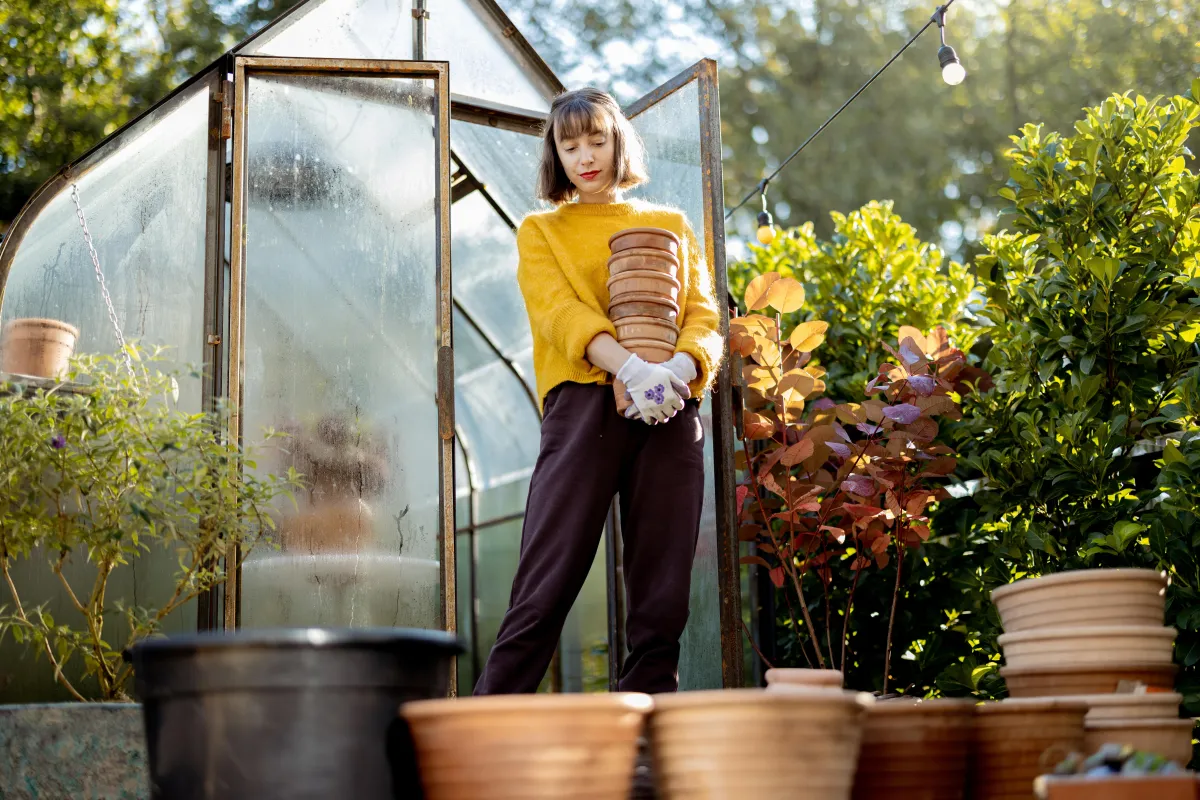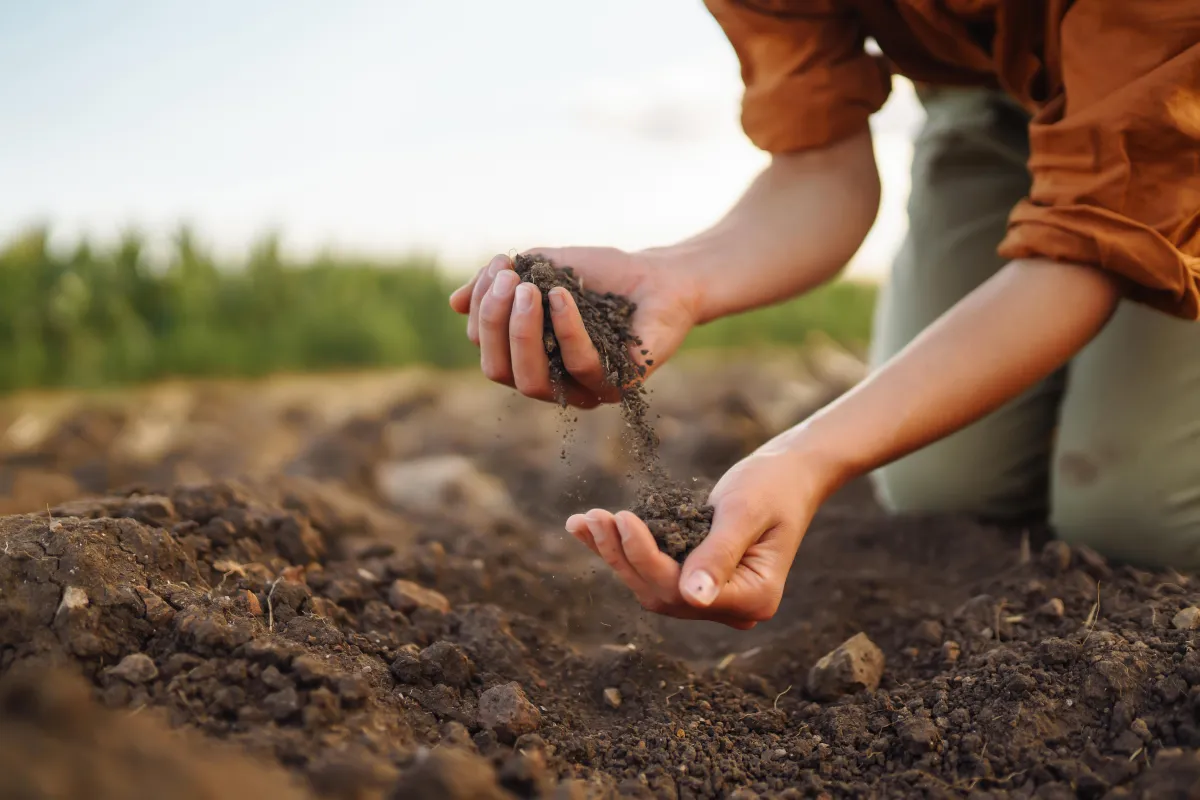

Choosing the Right Plant for the Right Place:
Sunlight and Shade: Assess how much sunlight your garden gets. Full sun areas receive 6+ hours of direct sun, while partial shade areas get about 3-6 hours.
Some plants thrive in full sun, others in shade.
Wind Exposure: Areas with strong winds might require wind-tolerant plants or sheltering features like fences or hedges.
Plant Hardiness Zone: Know your region's plant hardiness zone. This helps in selecting plants that can survive local winter conditions.
Soil Conditions: Match plants to your soil type – sandy, loamy, or clay. Some plants prefer moist soil, others dry.
Garden Size and Layout: Consider the mature size of plants to avoid overcrowding. Plan for height variation for visual interest.
Local Wildlife: Choose plants that either attract beneficial wildlife or are resistant to local pests.
Selecting plants suited to your garden's specific conditions is key to a thriving garden.
Understanding Your Soil:
Soil Type: Soil can be sandy, loamy, clayey, or a mix. Sandy soil drains quickly but doesn't hold nutrients well. Clay soil holds nutrients but has poor drainage. Loamy soil is ideal, being a balanced mix.
pH Level: Soil pH affects nutrient availability. Most plants prefer a pH between 6.0 and 7.0. A pH below 6.0 is acidic, and above 7.0 is alkaline.
Testing Soil: Use a soil testing kit from a garden center or send a sample to a local extension service. This will tell you the soil type and pH.
Amending Soil: If your soil is too acidic, add lime. If it's too alkaline, add sulfur. Organic matter like compost improves soil structure, especially in sandy or clay soils.
Regular Checks: Soil conditions can change. Test your soil every couple of years to keep up with its needs.
Understanding your soil is the first step in successful gardening, as it guides what plants to choose and how to care for them.


Contact Us
simon@ynotgoatsltd.com
(587) 819-5095
AB-836 , Carbon Alberta T0M 0L0